Gors-Fawr Stone Circle
The circle consists of 16 standing stones with a diameter of 22.3 metres, 72 feet. Towards the Northeast of the circle are two outlying standing stones. It is not clear whether they are related to the circle and may date from an earlier or later timescale.
Directions: Off a minor road from the A478, signposted

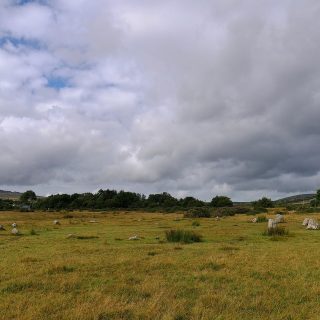
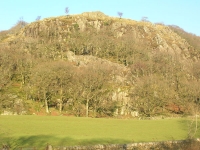

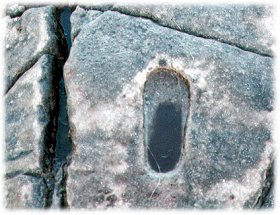
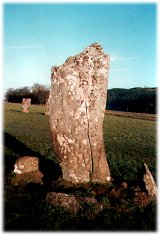
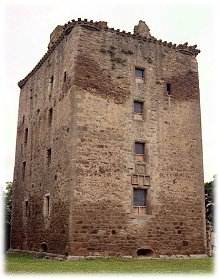
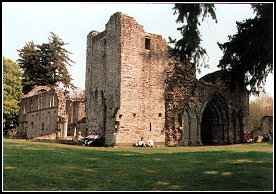
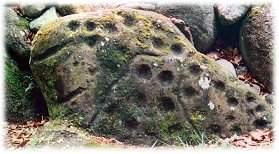
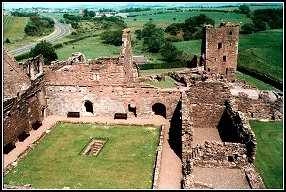
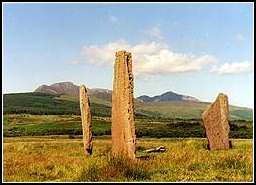
Recent Comments